As you might have guessed from a previous food blog post, I’m half Greek. (Insert joke here about how only the bottom half is Greek.) A friend of mine happens to be Persian, and he was kind enough to be our Persian food tour guide this week. He took us (by “us,” I mean a beefy Puerto Rican, a certain half-Greek guy, and a random white dude from Nebraska) to Ravagh, a great little place on 30th and Madison in NYC. We forced the poor Persian to play food dictator for the table, and he chose all of our dishes for us.
As I gazed lovingly at a big plate of kabobs and pita bread and salad and a bowl of cucumber-yogurt sauce, I had one of those little déjà vu moments. Couldn’t we have been eating Greek food at that moment? Kabobs? Greeks invented those. Cucumber-yogurt sauce with dill? Yup, that’s called tsadziki sauce in Greek cuisine, and I’m sure that Greeks invented it. Pita bread? Yeah, totally ours.
I’m full of crap, obviously. Certainly, there are some differences between Greek and Persian versions of all of these dishes, and only a crazy arrogant Greek would claim that we invented any of these things. (Hm, I think I just insulted my late grandmother, who insisted that banana splits were invented in ancient Greece.)
That said, there are tons of similarities, and that might have something to do with the fact that Persians and Greeks took turns ruling each other for much of antiquity, before we shared a few centuries under the thumb of the Ottoman Turks. I’m not a historian, but the Persian Empire ruled parts of Greece for more than 150 years, Greeks (under Alexander, then under the Seleucid Empire) controlled parts of Persia for another few centuries, and then the Romans and Ottomans took turns controlling swaths of both Greece and Persia.
The way I see it, we’ve all been eating from the same slop buckets for a couple of millennia now, and we’re pretty much food brothers at this point.
So, back to Ravagh. Our Persian leader started us off with a salad (just lettuce, tomato, onion, and low-quality cucumbers… not even the cucumber-like product of Mexico that Trader Joe’s calls “Persian cucumbers”) that sorely lacked any sort of spunk. The salad desperately could have used a few kalamata olives and some feta cheese, but that’s fine. We really weren’t there for the salad.
Our Persian leader also ordered an absolutely brilliant dish called tahdeeg, which centers on a crust of overcooked rice salvaged from the bottom of a pan. The crispy rice “accident patty” (much better than many things that could be called “accident patties”) is then topped with various tasty mushy dishes—in our case, we had a red lentil topping similar to a mellow version of Indian daal, and a spinach-based edition. All very solid.
Actually, “solid” is probably an understatement. I thought that the tahdeeg was a stroke of genius (and this blogger loves tahdeeg enough to name her food blog after the stuff). I haven’t found any evidence to support my little theory, but I’m pretty sure that the dish was born from household inevitability—what do you do with the crusty rice stuck to the bottom of the pan? Some brilliant Persian women apparently decided to just pretend that the rice was a cracker of sorts, and re-branded it as a delicacy. Nicely done, brilliant ancient Persian ladies!
The main event, of course, consisted of kabobs, rice, and pita bread, much like you could get at a Greek or Bosnian restaurant. There were a few interesting differences at Ravagh, however. Persians are apparently in the habit of serving plates of kabobs with pita underneath it, so that the pita absorbs the (disturbingly tasty) meat juices—another stroke of genius by Persian kitchen gods/goddesses. The rice was a little bit on the plain side, compared with that served in other national cuisines; Greeks serve huge, bloated kernels of rice that look like orzo pasta, and they tend to soak the rice in olive oil. Persian rice is often a little bit more delicate than the Greek variety; there was only a mild amount of oil added for flavor at Ravagh, which was absolutely fine—it allowed the kabobs to be the focal point of the meal.
And the kabobs themselves were spectacular. We had chicken breast kabobs (sorry, I was just looking for an excuse to use the word “breast” in a post… and while I’m on the topic, did you see Hilary Swank’s crazyass dress at the Oscars?), steak kabobs, ground beef kabobs, and ground chicken kabobs. All of these were stellar—high-quality meat, perfectly grilled and seasoned, not too grisly or fatty. Kabobs are common enough fare that it’s tough for them to be truly mind-blowing, but I always appreciate good execution of a meal like this.
But wait, there’s more. Our Puerto Rican humbly requested that our Persian leader choose a non-kabob entrée, and the Persian leader bestowed upon us khoresh fesenjan, a thick pomegranate-based stew with a few large lumps of chicken breast. (There’s that word again! While we’re on the topic, does anybody else wonder how it is that chickens have such large breasts? Wouldn’t it make more sense to call it “chicken chest meat”?) The stew itself had the texture of a good Mexican mole sauce, but had a very gentle sweetness to it. It went wonderfully with both the rice and the kabobs, and I have a funny feeling that the khoresh fesenjan was just the tip of the Persian stew iceberg.
I could fawn over the kabobs for a few more paragraphs, but I also know that I could walk into a good Greek, Afghan, Uzbek, or Turkish restaurant (among many other nationalities), and also encounter insanely good kabobs. Screw the great American chili cook-offs: somebody should sponsor an international kabob smackdown.
And I’ll place my bets now: the Persians might win, just because of the meat juice-soaked pita bread.
Ravagh Persian Grill
11 East 30th Street, Manhattan
Subway: 28th Street at Broadway (R, W train) or 28th Street at Lexington (6 train)


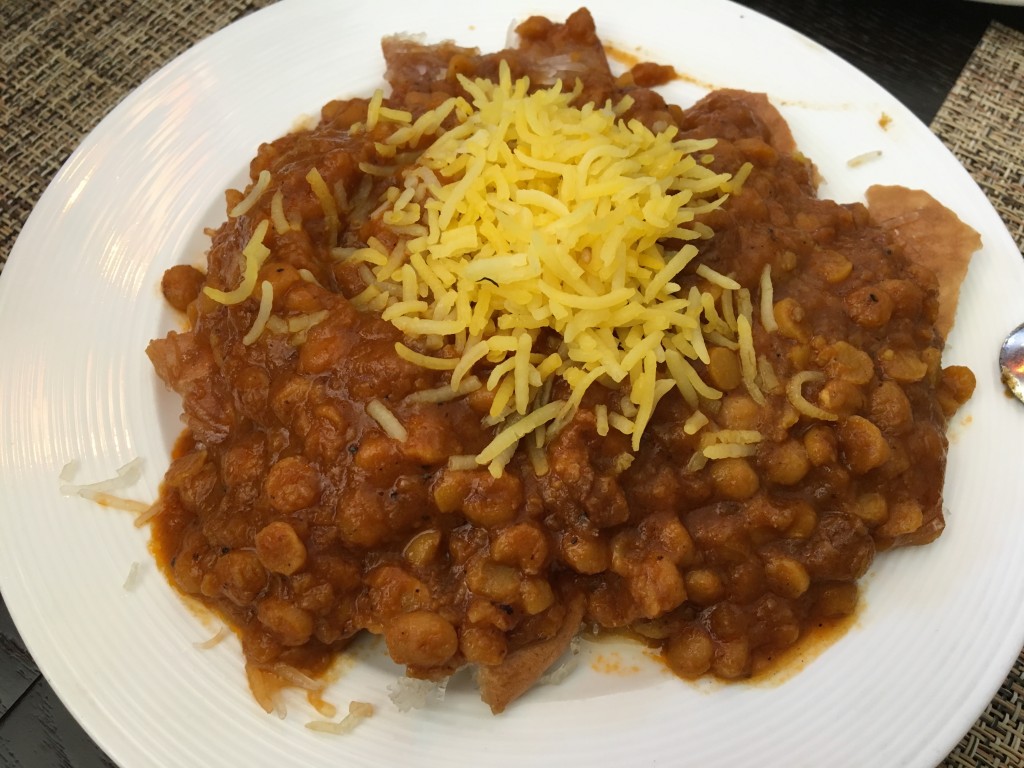
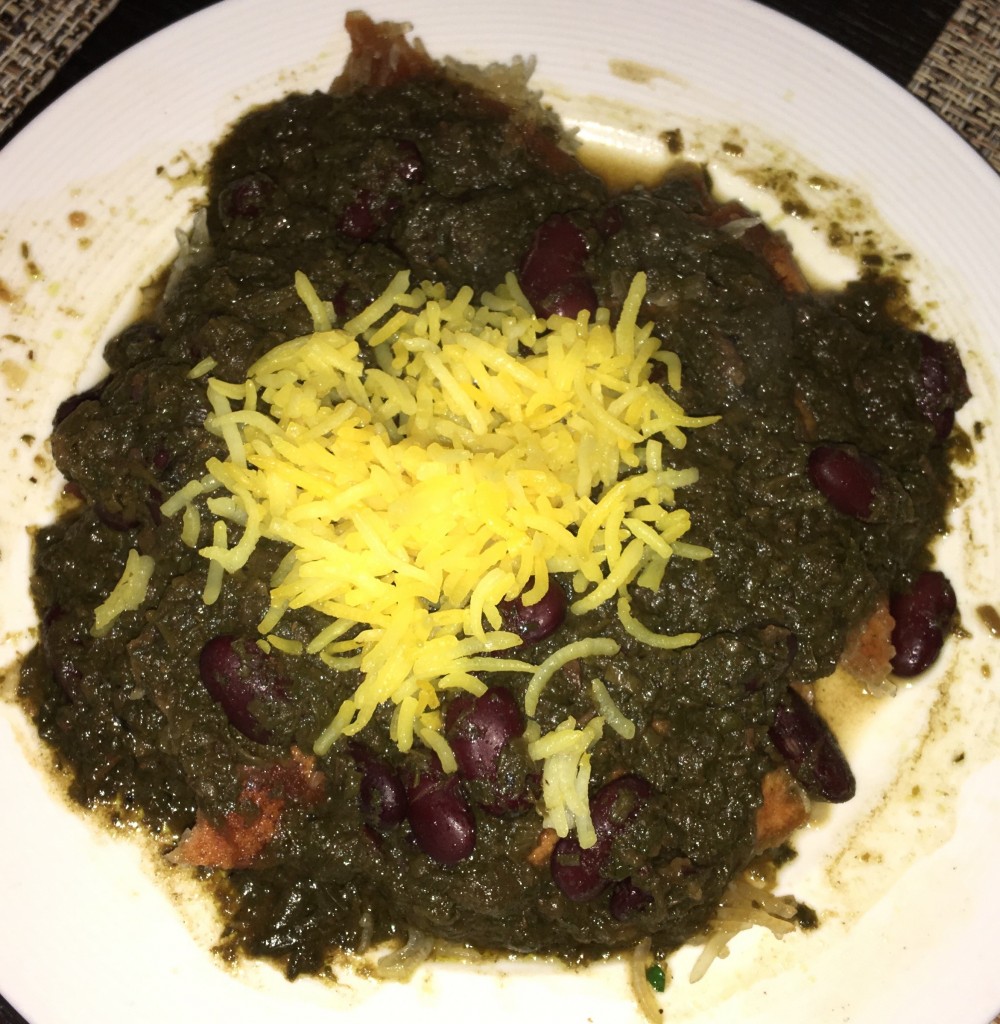
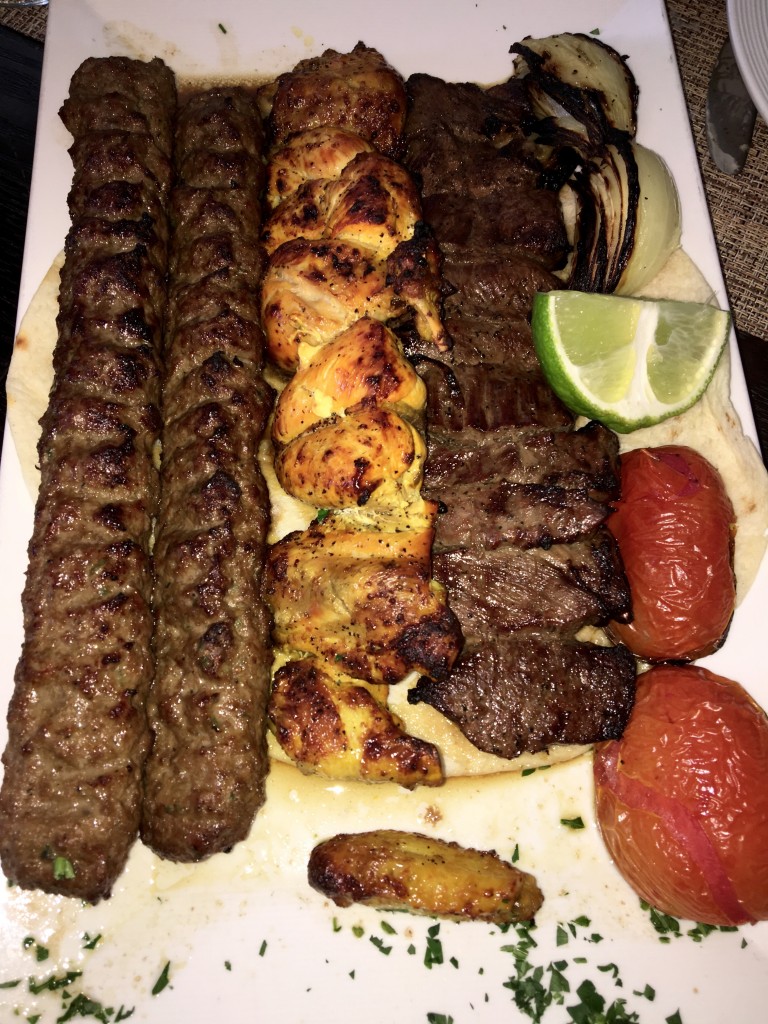







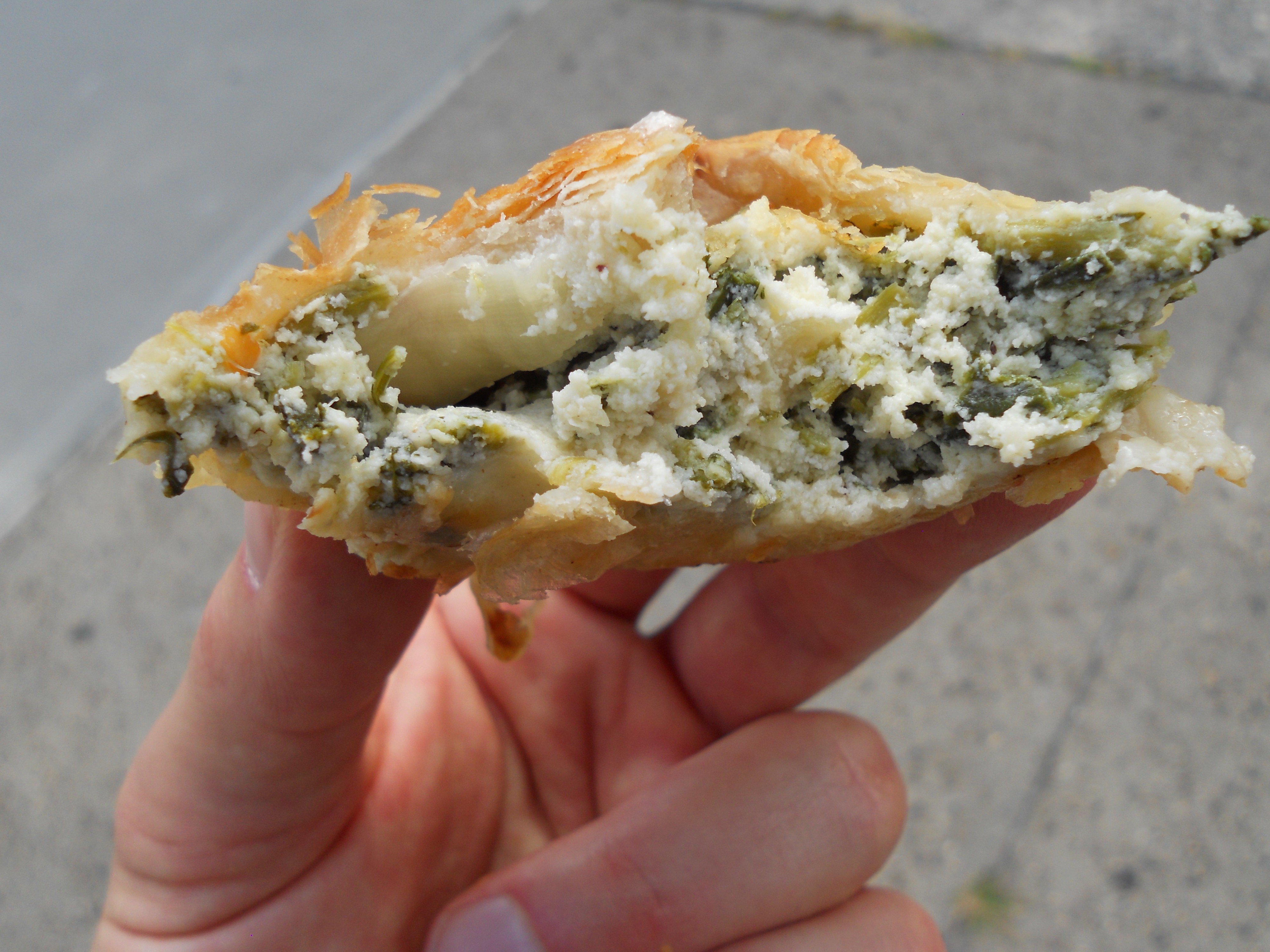
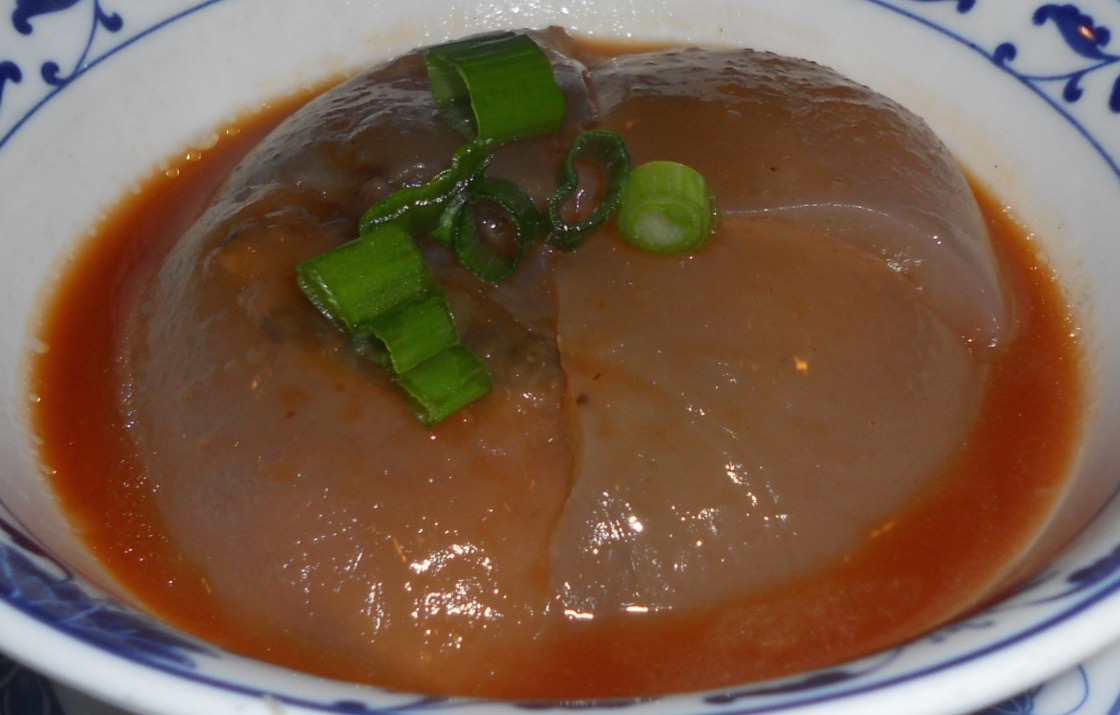
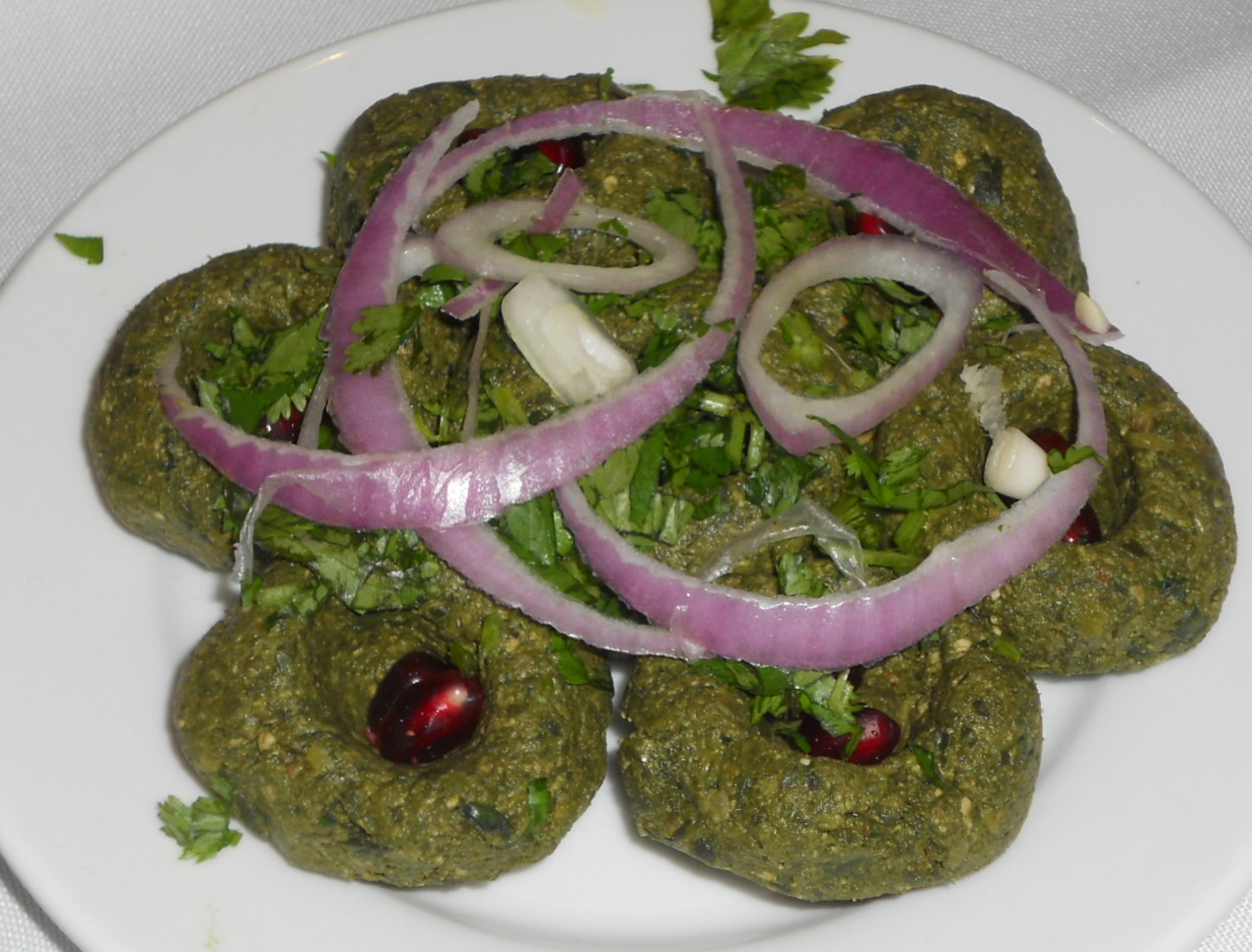
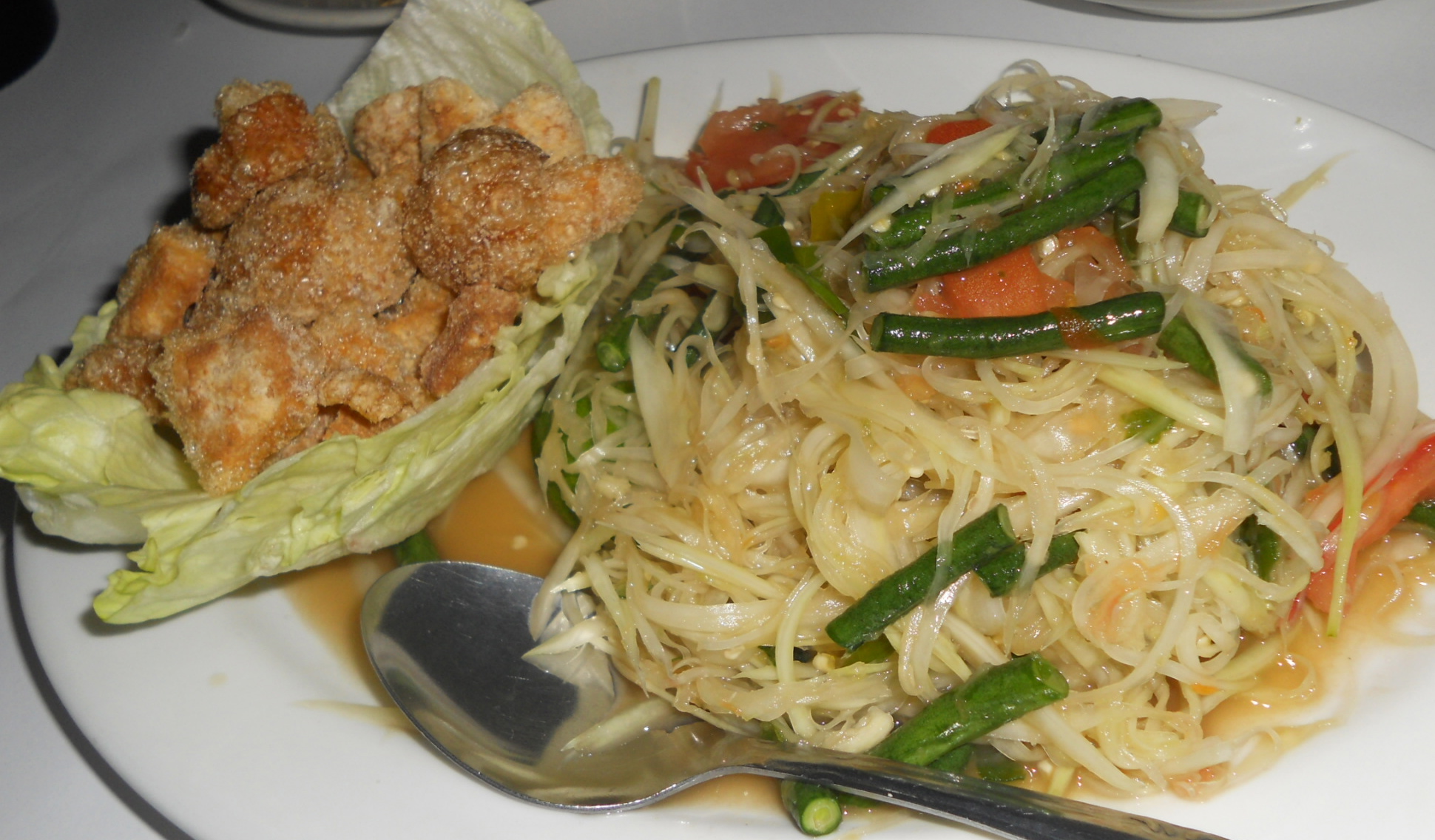
Ok OK first off,pita bread is not Persian! I don’t know why the Persian restaurants in NYC do that. Yo need to have a thin lavash soak up the juices. That is heaven. Next, I’ve never had a stew or a tadigh at a restaurant that was actually good. Making truly amazing tadig is an art and when done right will blow your mind. These spinach stew is really based on fenugreek. Without fenugreek, it would be nothing. Also, I see no mention of sumac or saffron. To eat kabob without sumac is a crime. And, Persian saffron is one of the most expensive spices in the planet. Restaurants tend to put food coloring or water it down. And where’s the Persian desserts at?!
I suggest you try home cooking once. Also, Los Angeles has unbeatable Persian food, and if you come out west, make eating Persian food there a priority
Thank you for the comment, Sahar! To be fair, I wasn’t terribly knowledgable about spices when I wrote this post way back in the day. I would recognize sumac and fenugreek now, but it wouldn’t have crossed my mind to mention them in a post back then — so I’m not sure how much of that is the restaurant’s fault. I have noticed that a lot of Persian restaurants offer sumac as a condiment for kabobs, but I don’t think Ravagh does that. I could be wrong, though. But point taken on the lavash.
I’ve eaten tadigh and plenty of Persian stews that I really, really enjoyed in restaurants, including Ravagh. But it’s a funny thing: as a non-Persian, I’ll eat those dishes and think “Persian food is amazing!” And then a Persian will eat them and say, “hey man, you haven’t had the good stuff — Persian food is way more amazing than you think!”
So sign me up for home cooking anytime! 🙂
And I’m a huge fan of Tehran-geles! Any particular Persian favorites out there, particularly toward the southern end of the metro area? I’ll be flying into Santa Ana in May, and I’m always up for good recommendations…